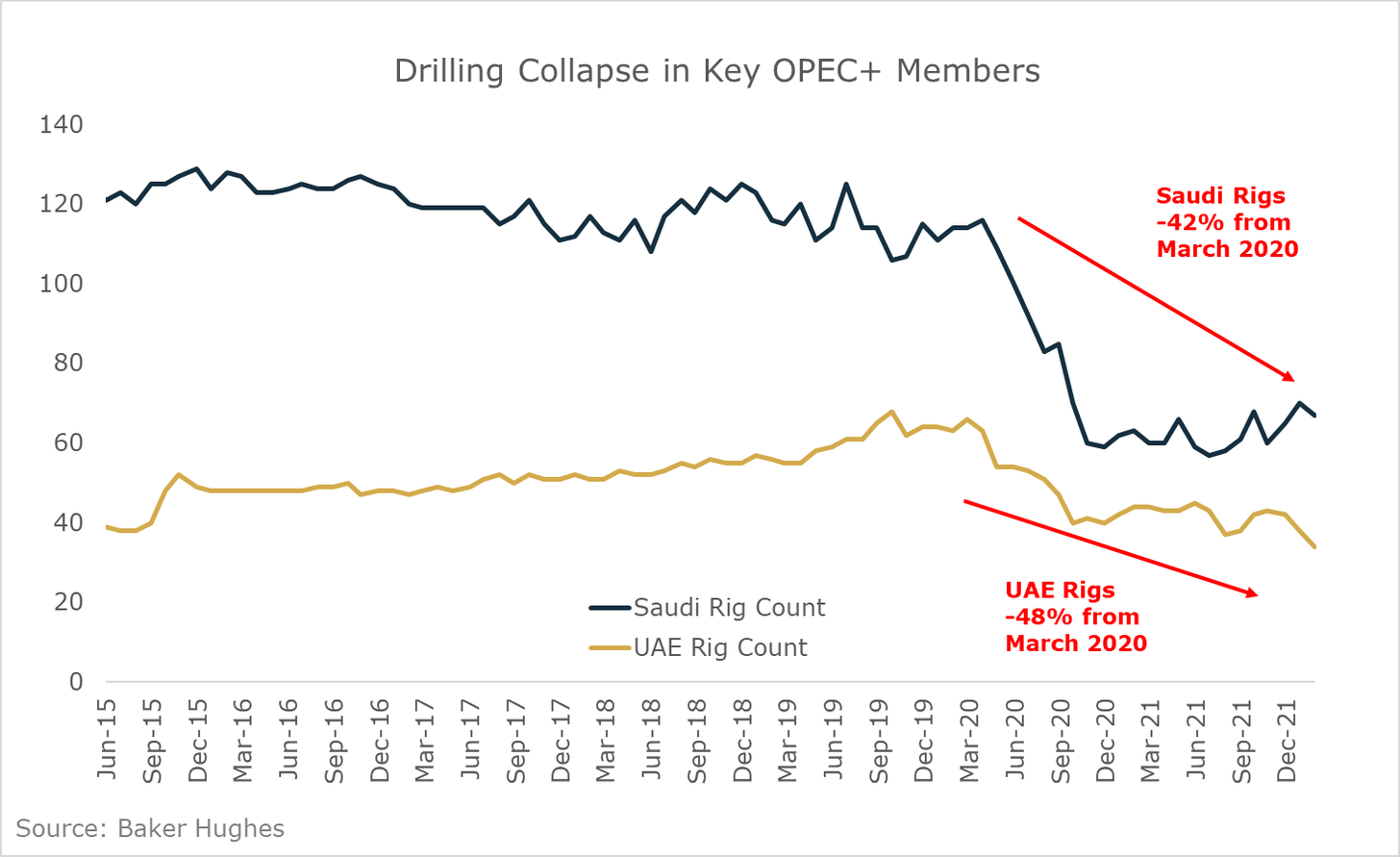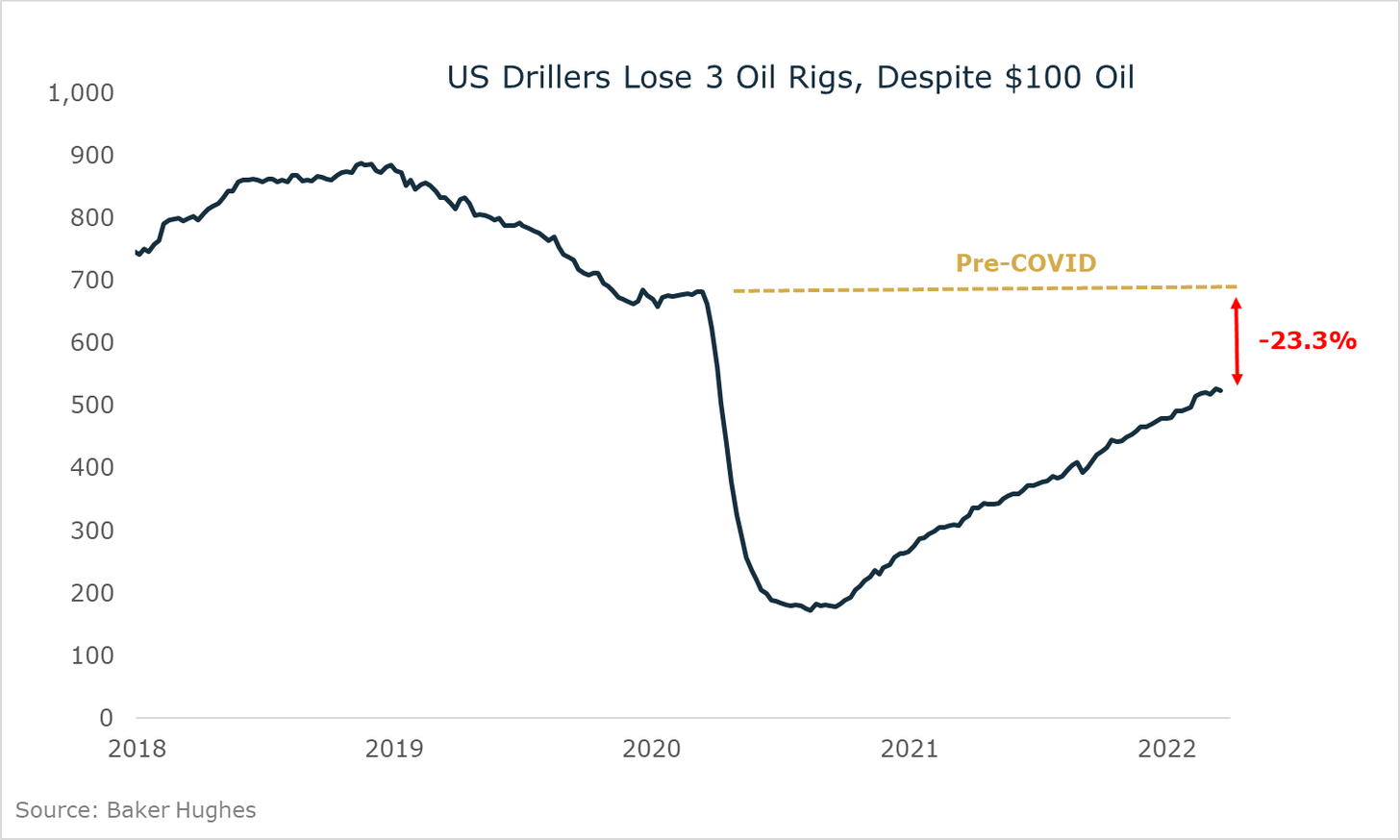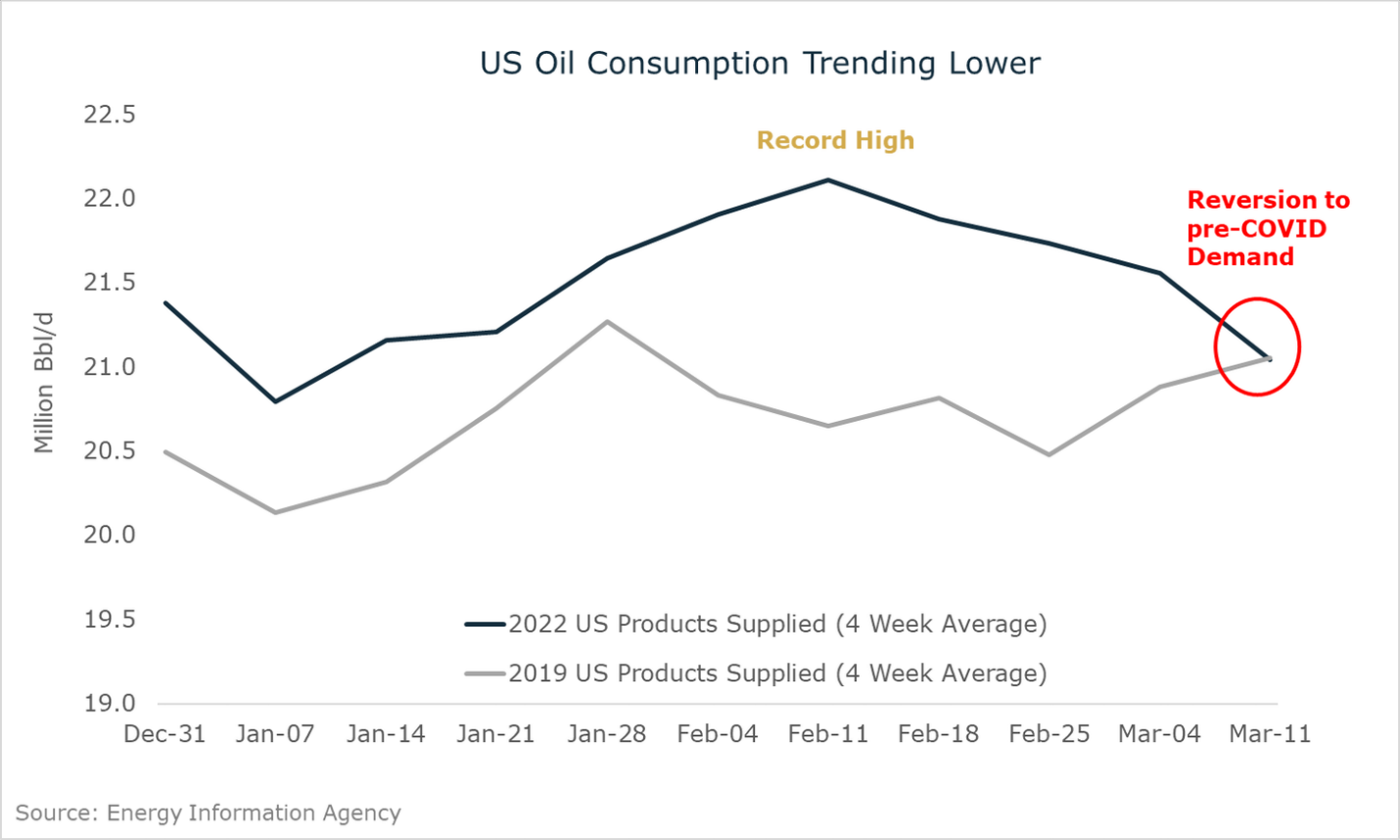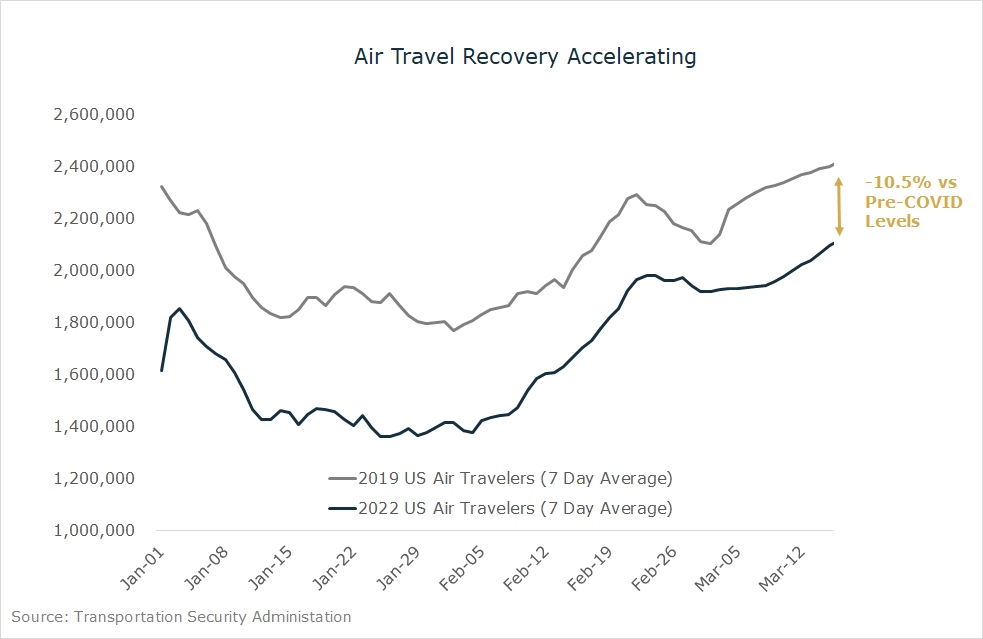In part 1, published yesterday, we focused on the growing supply risks in today’s oil market. Today's post examines the latest supply trends to see what the prospects might be for potentially filling the supply hole.
OPEC Production Struggles Continue
The IEA’s latest monthly oil market report identifies the key factor driving down global inventories:
“chronic OPEC+ under-performance versus targets that has taken 300 million barrels of oil off the market since the start of 2021.”
As I’ve written in the past, many OPEC+ members are struggling with the same headwinds slowing U.S. shale output: underinvestment. This is a long-term problem that continues showing up with each monthly data point.
In the latest OPEC production report published last week, the group once again undershot its production quota by over 600,000 bbl/d. The problem traces back to ongoing production struggles in periphery OPEC+ member countries, including Angola and Nigeria, among others.
The only two OPEC+ members with meaningful spare capacity are Saudi Arabia and the UAE. No one knows exactly what the spare capacity numbers are, but most consensus estimates range from 2.5–3 million bbl/d in combined output for both countries. Theoretically, if both Saudi Arabia and the UAE opened up the taps and produced flat out, they might come close to offsetting Russian supply losses which the IEA warned could reach 3–4 million barrels per day.
Can Saudi Arabia And UAE Prevent A Global Energy Crisis?
Given the dire oil supply situation, politicians across the U.S., Europe and Japan are scrambling to convince both Saudi Arabia and UAE to unleash their spare capacity onto the market. Of course, there are several challenges here.
First, this would involve breaking the current OPEC+ coalition, as both countries would exceed their agreed upon production quotas. Of course, anything is possible—particularly in a full blown energy crisis. But as things stand today, there’s little indication that either country intends to break the current OPEC+ agreement.
Complicating matters, there’s a growing rift between the White House and both Saudi Arabia and the UAE. A big part of this rift can be traced to President Biden backing away from supporting each country’s efforts in Yemen’s ongoing civil war. The growing rift was best captured by the news that neither Saudi Arabia nor UAE officials responded to Biden’s phone calls during the initial days of the Russian invasion of Ukraine. Further complicating matters, Biden’s softening stance on Saudi Arabia’s key regional rival Iran (more on this next).
The second problem is shown in the chart below—a collapse in drilling activity in both Saudi Arabia and the UAE to nearly 50% below pre-COVID levels:

In order to fully unleash their full production capacity, it’s likely that both countries would need to boost drilling activity. That means even if a decision is made to max out production, it could take 6–12 months to fully ramp output.
Finally, there’s the fact that both countries producing flat out would erase virtually all spare capacity from the market. Without this critical supply buffer, the market would likely build in a supply risk premium, keeping prices elevated. In that case, the extra output from Saudi and UAE could become self-defeating.
Given all of these headwinds, it’s no surprise that the Biden administration is scouring the globe for any extra barrels they can get their hands on—including from Iran and Venezuela.
Iran Deal In Active Negotiation
U.S. sanctions on both Iran and Venezuela have kept oil production running below capacity in each country. The Biden administration is now pursuing negotiations with both countries to potentially lift sanctions and get this lost production back onto market.
By far, Iran is the best bet here—with roughly 1 million bbl/d in incremental new supply that could come online within 6–12 months. Iran also has about 100 million barrels of oil in storage ready for immediate sale if sanctions get lifted. Recent reports indicate progress on Iran negotiations, suggesting ongoing potential for a deal soon.
The immediate release of 100 million stored barrels could provide some near-term relief to the market. But longer term, the additional Iranian volumes won’t fully offset the disrupted Russian barrels. Meanwhile, lifting sanctions on Iran and potentially allowing the country to progress further with its nuclear program is a big concern to regional rivals Saudi Arabia and the UAE.
Meaning, a successful deal with Iran might end up reducing the odds of getting more barrels from the two largest sources of global spare capacity. In the miracle scenario where all three countries simultaneously max out their productive capacity, this could theoretically offset the full impact of expected supply losses from Russia. But again, this would wipe out virtually all global spare capacity—not exactly a recipe for low prices.
Meanwhile, potential relief from Venezuela looks a lot less promising. The country’s oil industry is in total shambles after years of dysfunction. Even if sanctions were lifted tomorrow, Venezuela would struggle to add a few hundred thousand bbl/d over the next 12 months. Over a long time horizon, Venezuela could become a meaningful part of the global supply solution…but this is not a game changer in the near term.
That leaves one remaining source of meaningful supply growth—U.S. shale.
Shale Supply Continues Struggling
The latest weekly data from the EIA shows that U.S. oil production remains stalled out at 11.6 million bbl/d:

This number should ultimately move higher in the coming months. Current estimates range from about 600,000 to 1,000,000 bbl/d in U.S. output growth by year-end.
However, capital and supply chain constraints could present an ongoing headwind that keep growth tilted towards the low end of estimates, even despite the returns available at $100+ oil.
Last week, U.S. drillers dropped 3 rigs from circulation, and the total count remains 23% below pre-COVID levels:

Finally, let’s consider the latest trends on the demand side of the equation.
China Lockdown Worries Overblown
A resurgence in COVID-19 in China created another negative catalyst for crude prices last week. Reports surfaced early in the week that authorities had locked down the city of Shenzhen, with a huge population of 17.5 million, among several cities. These lockdowns are happening because of the country’s “zero COVID” policy.
But the context here is important. COVID flare-ups and lockdowns are nothing new in China. The duration is typically measured in weeks, not months. Indeed, by Friday, Chinese authorities had already allowed some factories and public transport to reopen. By Sunday, China’s state-owned media network Global Times had announced the successful “controlling” of COVID cases and a return to normal in Shenzhen:

This is the key demand story of 2022—a world increasingly moving beyond COVID restrictions and lockdowns. Even in countries with the strictest anti-COVID measures such as China, the duration and length of lockdowns seem to be growing shorter with each outbreak.
That’s why most forecasting agencies like the EIA continue calling for a rebound to new record highs in demand by 2022. Of course, if prices continue to spiral upward, demand destruction does become a real concern.
That’s why monitoring the high frequency demand data will become increasingly important in the week ahead. In the latest weekly data from the EIA, we have seen some modest softening in U.S. consumption—which has reverted back from record highs reached in early February back down to 2019’s pre-COVID levels in recent weeks:

The jury is still out on whether this is a temporary blip or something bigger. We do have reason for optimism in the higher frequency data. Patrick De Haan of GasBuddy collects some of the best high frequency data on U.S. gasoline demand, and his latest numbers show that American drivers aren’t retreating from higher prices just yet:

We’re also seeing incredible demand in the U.S. air travel sector.
Record Air Travel Demand: The Next Upside Catalyst?
The latest daily travel data from the TSA shows a big boost over the last week, narrowing the deficit versus pre-COVID levels from -15% to -10.5%:

Meanwhile, Reuters reported last week that Delta Air Lines (NYSE:DAL) observed an “unparalleled” jump in demand, with the highest weekly ticket sales in the company’s history. Delta CEO Ed Bastian claimed that “we’ve not seen a stronger demand in my career.” United Airlines (NASDAQ:UAL) and American Airlines (NASDAQ:AAL) each also reported seeing record demand.
So far, these latest trends in both gasoline consumption and air travel indicate that demand destruction hasn’t kicked in yet. If anything, this data shows we could be on the verge of new record highs in consumption going forward.
Don’t Count Out This Bull Market Just Yet
Despite the short-term price volatility, the oil supply/demand backdrop remains as bullish as ever. Recent inventory data shows a dangerously tight market, even before the full impact of Russian supply losses.
In order to meet the potential record new demand coming this year plus offset 3–4 million bbl/d of lost Russian supply, the market would need a trifecta of good fortune:
- A successful Iran deal
- Saudi and UAE breaking ranks with OPEC+
- US shale kicking into high gear
But even in this goldilocks scenario, the market would be still be running on fumes in terms of spare capacity. Until demand destruction shows up (likely at higher prices), or meaningful progress is made in addressing the supply side of the equation, the market will remain tight.
So, while we can count on continued volatility, I wouldn’t count out this bull market just yet.
This was originally published at the Ross Report.
